-
Herders in Mongolia are facing tough decisions as the climate crisis threatens their livelihood.
-
Herders make up about a third of Mongolia’s population.
-
As of 2021, 77% of the land in Mongolia has been degraded due to overgrazing and climate change.
Herders in Mongolia have coped with unpredictable weather, but as the climate becomes more erratic, they have to travel further and further to manage it.
The nomadic herders make up a third of Mongolia’s three million people. But there is a risk that their numbers will fall as the weather worsens and the land becomes more difficult for their animals to graze on.
Temperatures in Mongolia have increased by 2.2 degrees Celsius since 1940, and 90% of grasslands in Mongolia have been affected by desertification due to poor management and climate change.
Herdsmen are also losing their livestock at alarming rates; As of March 2023, they reported the loss of more than 500,000 animals across the country, according to the United Nations Development Program website. These losses are devastating for families who derive 80% of their income from the sale of animals and animal products.
Herders in Mongolia are nomadic, moving from place to place in search of the best lands for their animals.
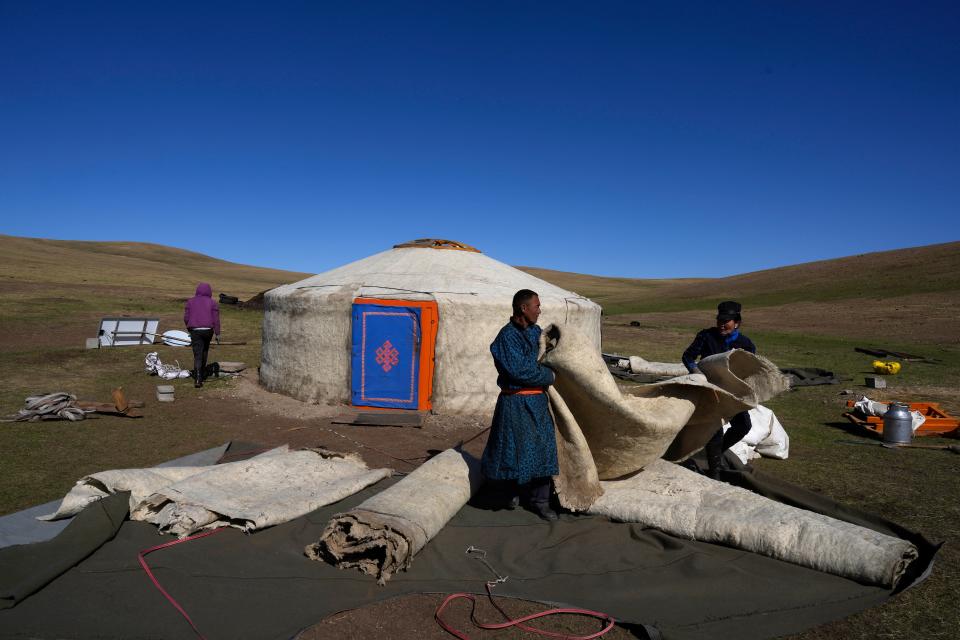

When they travel, they live in a tent called a “ger,” which is insulated with sheepskin and has a hole in the ceiling to expel smoke from their furnace.
The ger can be easily set up, taken down, and followed by the families wherever they travel.
As arable land becomes less arable due to climate change, herders have to travel further for food for their herds.


In 2020, Agvaantagtokh, a shepherd in Mongolia, and his family traveled 750 miles to find better land after losing most of their animals in a brutal winter.
Desertification means more dust storms, which increases the risk of animal loss.
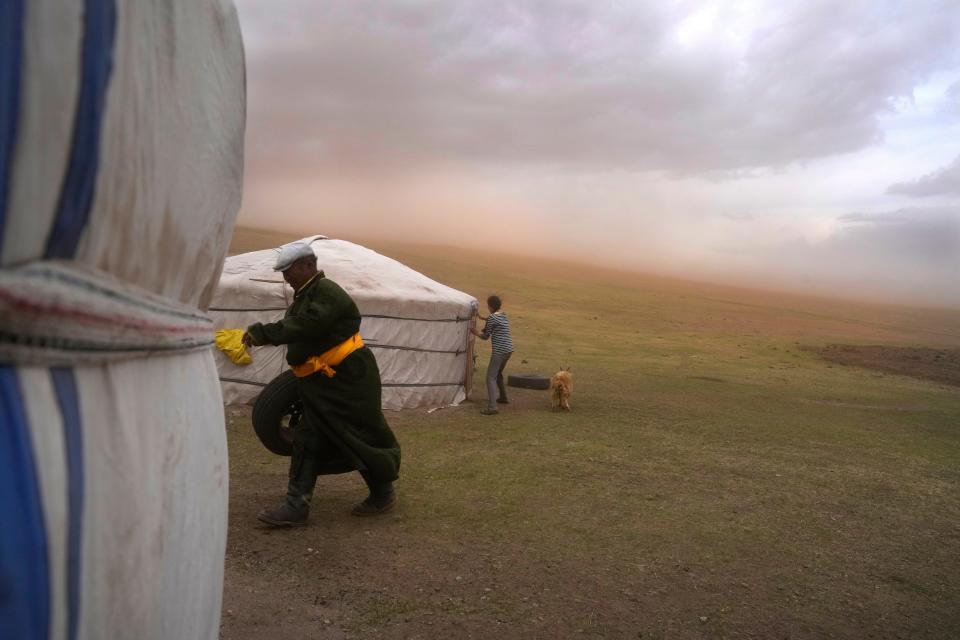

Rivers and streams are drying up, prompting the herders to trek six miles to the nearest well.
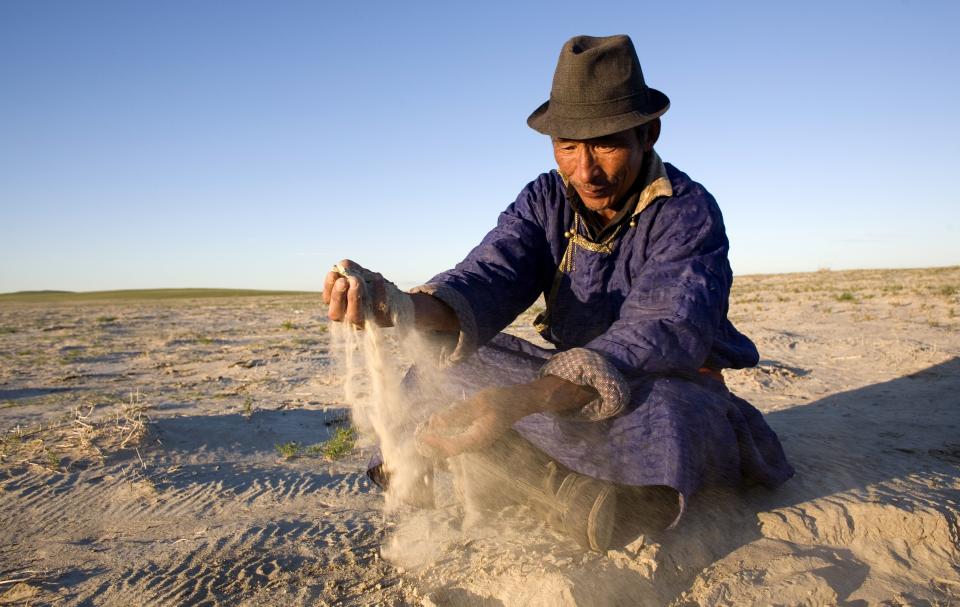

Usually, streams are shared between the surrounding communities and their animals. Typically, there are between 10 and 15 communities in a given area and a collective herd of 4,000 to 5,000 animals.
The United Nations Development Program has invested in spring protection and fencing.
The UNDP project allows for less overcrowding of streams by animals and allows dried up streams to recover.
In one case, a spring blocked by a large herd of animals was restored after it was fenced and two small lakes were even formed along its length, according to the UNDP.
Mongolia is subject to severe winter storms also known as dzuds.
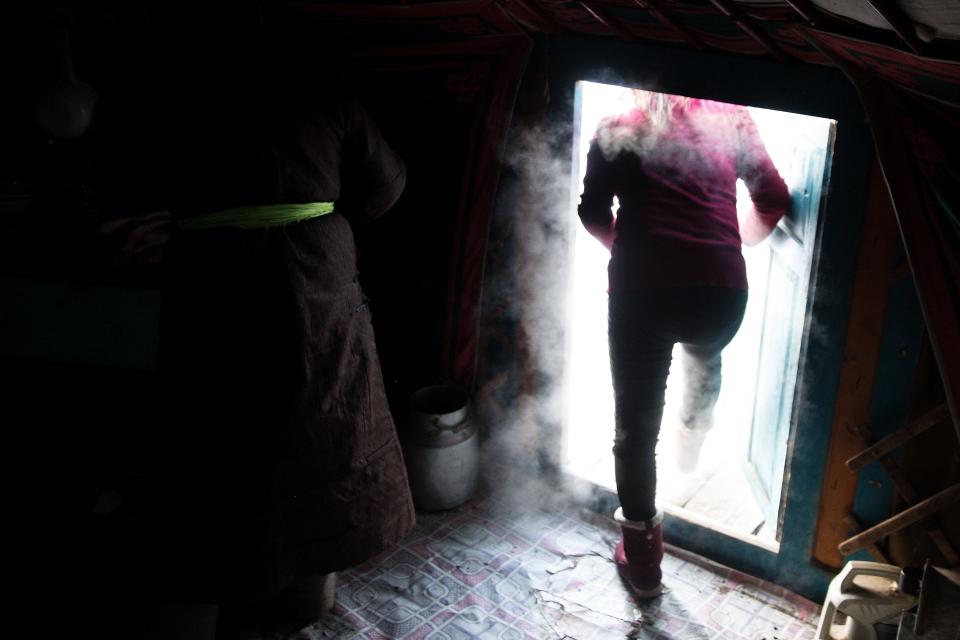

Temperatures can drop below -40 degrees Fahrenheit, and the winds tear across the vast fields with no trees or tall vegetation to block their path.
Dzuds are deterioration of winter weather conditions resulting in mass death of livestock.
Dzuds come from the unique landscape of Mongolia. The country is landlocked, semiarid subject to temperature swings, and the heavy snow and the harsh cold block pastures or kill animals completely.
The dzud from 2009 to 2010 killed 22% of Mongolia’s livestock.
Dzuds occur more frequently, making it harder for herders to keep their livestock alive.
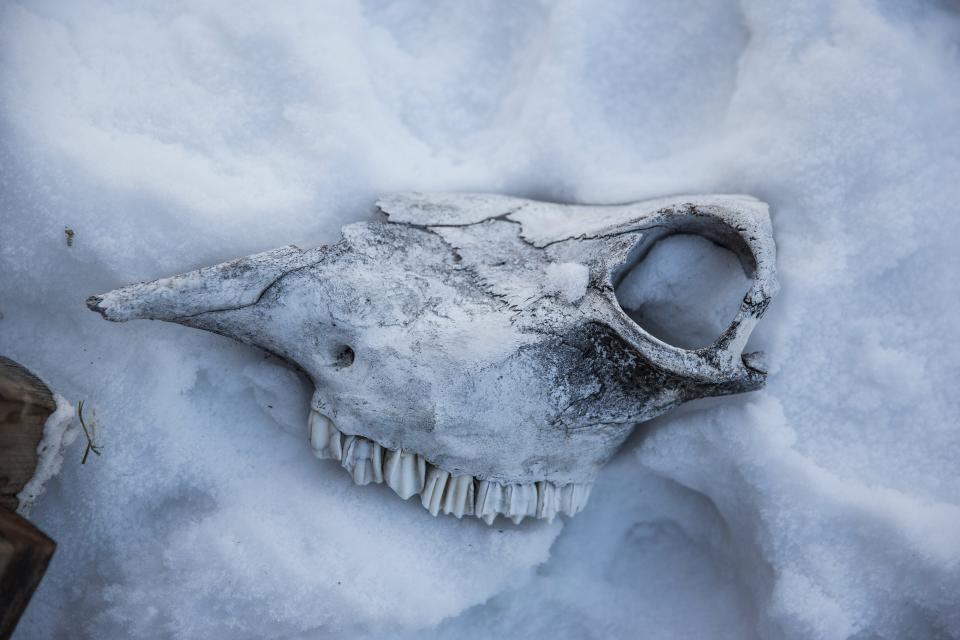

Dzuds occur once or twice per decade, but since 2019, they have occurred annually.
Traditionally, communities gathered their horses together during the winter to protect them from the storms. The gathering was not only strategically viable but it was a coming of age tradition for the young men of the community.
As the winter worsens and the drought becomes more severe, there is not enough grass to sustainably feed all the horses. Al Jazeera reported that the winter horse herd has not occurred since 2018.
The younger generations still want to grow up to do what their parents did, but more and more parents want to make sure they have other options.
“I am happy that he wants to continue our herding tradition,” Narangerel, a herder in Mongolia, said of his son to the UNDP. “However, I want to make sure he gets a second level education before he chooses to be a herder and a wrestler.”
Herds are still finding ways to adapt to the changing environment.
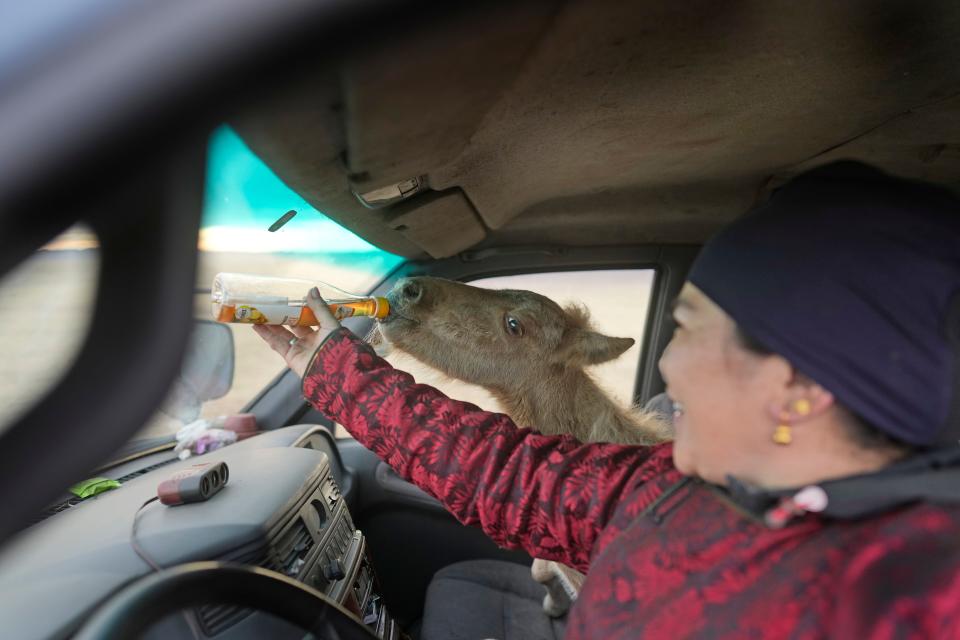

Motorcycles allow herders to track lost horses and sheep more quickly in dust storms.
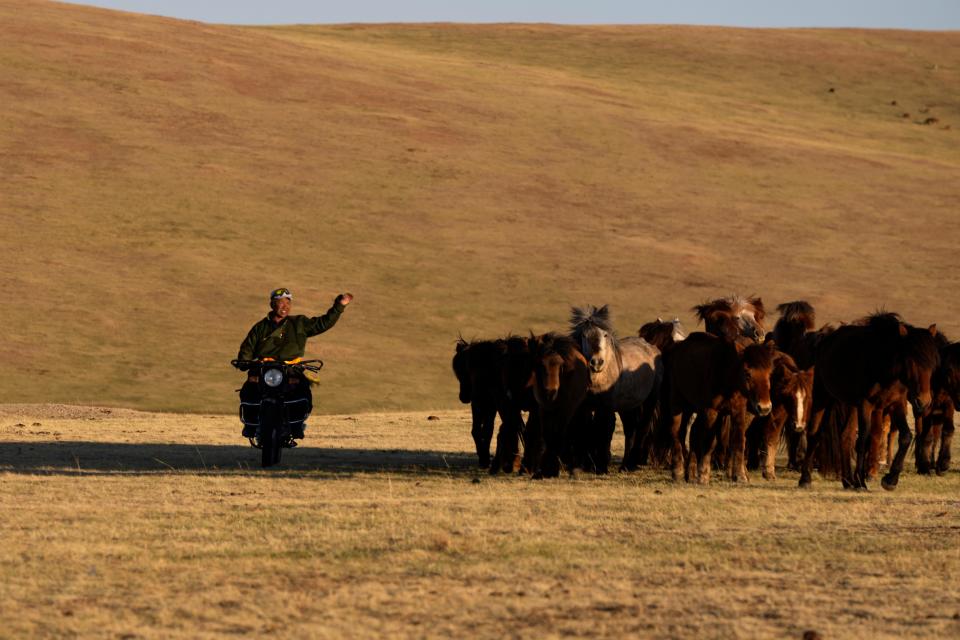

Horses are never fenced in these communities, so every now and then, they can run away. The motorcycles allow herders to find their horses more easily and tell others where they are grazing.
Herders also use solar panels and satellite dishes to improve communication networks.
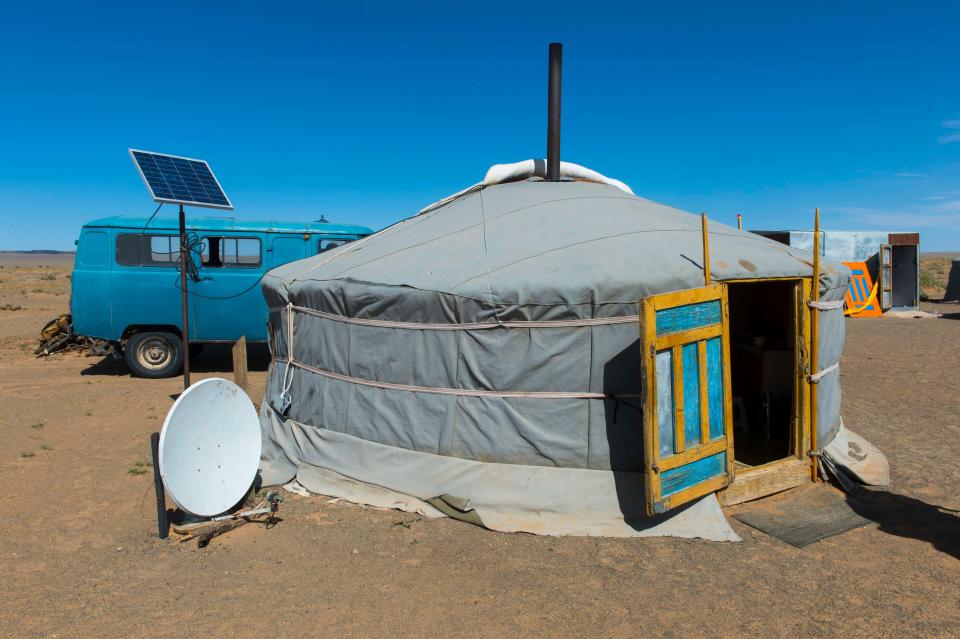

Mongolia depends on China and Russia for most of its imports. In 2021, 36% of their imports came from China, and 29% came from Russia.
Solar panels allow them to be energetically independent and provide energy to charge their phones, which they use to exchange information with community members, the Associated Press reported.
The energy provided by the solar panels allows them to keep freezers running and preserve their meat for longer.
The United Nations is also trying to find other economic options for herders.
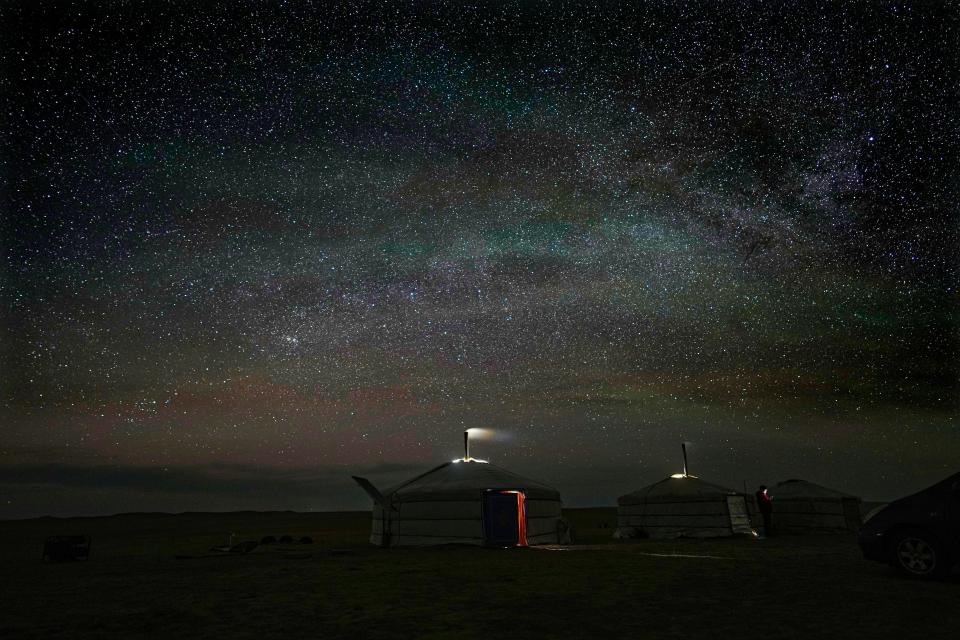

The “ger and nature” initiative has been set up by the UNDP, which aims to “promote community and cultural ecotourism” by turning to the shepherds as tour guides.
Read the original article on Business Insider